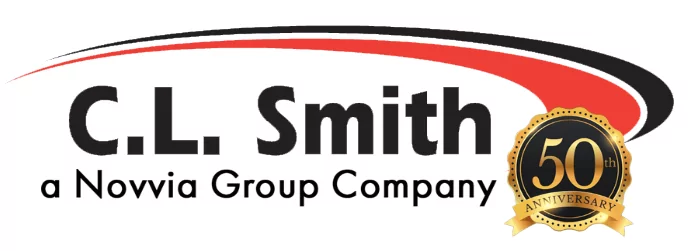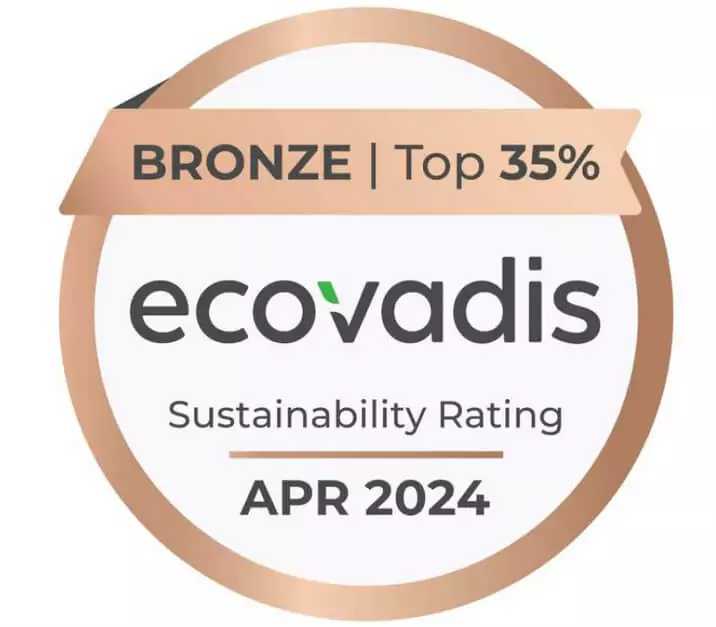How to Source Un3091 Lithium Metal Batteries for Optimal Performance
In the ever-evolving landscape of energy storage solutions, optimizing the performance of UN3091 lithium metal batteries is paramount for industries relying on high efficiency and reliability. Recent industry reports estimate that the global lithium battery market is expected to exceed $100 billion by 2027, with lithium metal batteries playing a crucial role due to their superior energy density and lightweight characteristics. The U.S. Department of Energy has highlighted that these batteries can provide two to three times the capacity of conventional lithium-ion cells, making them a preferred choice in applications ranging from electric vehicles to portable electronics. Sourcing UN3091 lithium metal batteries effectively not only enhances operational efficiency but also ensures compliance with stringent safety regulations, positioning businesses to leverage the full potential of this advanced energy technology in their respective markets.

Understanding UN3091 Lithium Metal Batteries: What They Are and Their Applications
UN3091 lithium metal batteries are specialized energy storage devices designed to deliver high energy density and superior performance across a range of applications. These batteries are often used in scenarios requiring lightweight and compact power sources, such as in aerospace and medical devices. The designation UN3091 indicates that these batteries meet the regulations for safe transport, particularly because lithium metal can pose fire risks under certain conditions. Understanding their properties and regulatory classifications is crucial for safe handling and effective sourcing.
The applications of UN3091 lithium metal batteries extend beyond traditional uses, infiltrating industries where reliability and performance are paramount. In the aerospace sector, for instance, these batteries support satellite and drone operations by providing a lightweight energy solution. Similarly, in medical applications, they are integral to devices that demand consistent and high performance, such as defibrillators and implantable sensors. As demand for advanced technology continues to grow, understanding UN3091 batteries’ specifications and appropriate sourcing strategies will be vital in maximizing their advantages in various fields.
How to Source Un3091 Lithium Metal Batteries for Optimal Performance
| Specification |
Value |
| Battery Type |
Lithium Metal Battery |
| UN Number |
UN3091 |
| Common Applications |
Aerospace, Military, Medical Devices |
| Typical Voltage |
3.0 - 3.7 V |
| Typical Capacity |
500 - 1000 mAh |
| Storage Conditions |
Cool, Dry Place |
| Dangerous Goods Classification |
Class 9 |
| Safety Precautions |
Avoid Short-Circuiting, Store Safely |
Key Factors to Consider When Sourcing UN3091 Lithium Metal Batteries
When sourcing UN3091 lithium metal batteries, several key factors must be considered to ensure optimal performance and safety. Firstly, it's essential to evaluate the manufacturer's reputation and compliance with international safety standards. A reliable supplier should possess the necessary certifications, such as IEC and UL, which indicate adherence to quality and safety guidelines. This not only enhances the reliability of the batteries but also reduces the risks associated with their handling and transportation.
Another critical aspect is the battery specifications tailored to your application. Different applications may require varying capacities, discharge rates, and temperature tolerances. Understanding the specific requirements of your devices will help in selecting the right battery type that maximizes performance. Additionally, consider the supply chain logistics, including packaging and shipping methods, as these can impact the condition and performance of the batteries upon arrival. Proper packaging is paramount to minimize the risk of damage during transit, which can lead to performance issues down the line.
How to Evaluate Quality and Performance in Lithium Metal Batteries
Evaluating the quality and performance of lithium metal batteries, especially those sourced under UN3091, is crucial for ensuring their efficiency and safety in various applications. According to a recent report by the Global Battery Alliance, lithium metal batteries offer higher energy densities—up to 300 Wh/kg—compared to conventional lithium-ion batteries. However, their performance can significantly vary depending on factors such as the purity of lithium used, electrolyte composition, and manufacturing processes.
When assessing lithium metal batteries, it's essential to consider key performance indicators (KPIs) like cycle life, charge/discharge rates, and thermal stability. For instance, studies have shown that batteries with high-purity lithium can exhibit cycle lives exceeding 800 cycles at 80% depth of discharge. Additionally, the Electric Power Research Institute highlights that proper thermal management can enhance battery safety, minimizing risks of overheating or combustion—a critical factor when dealing with energy-dense materials like lithium metal. These metrics not only inform about the battery's longevity and reliability but also enable users to make informed sourcing decisions that align with optimal performance requirements.

Regulatory Compliance for UN3091 Lithium Metal Batteries: What You Need to Know
When sourcing UN3091 lithium metal batteries, understanding regulatory compliance is critical to ensure optimal performance and safety. These batteries are categorized as hazardous materials due to their reactivity and potential risks during transport and usage. Therefore, manufacturers and distributors must familiarize themselves with the International Air Transport Association (IATA) and the United Nations regulations, which stipulate specific packaging requirements, labeling, and documentation necessary for compliance.
Additionally, proper training for employees involved in handling and shipping these batteries is essential. Companies must implement rigorous safety protocols to avoid potential fines and legal issues while safeguarding against incidents that could arise from mishandling or inadequate preparedness. Keeping abreast of changes in regulations can enhance not only compliance but also supply chain integrity. This diligence will lead to seamless operations and foster trust with customers who rely on the safe transport of UN3091 lithium metal batteries for their energy needs.

Best Practices for Safe Handling and Storage of Lithium Metal Batteries
Lithium metal batteries, classified under UN3091, are gaining prominence due to their high energy density and efficiency. However, handling these batteries safely is paramount to avoid potential hazards. According to the Battery Innovation Center, improper storage and handling can lead to thermal runaway—a reaction that results in fire or explosion. The National Fire Protection Association emphasizes maintaining a controlled environment, suggesting that lithium batteries should be stored in cool, dry spaces away from flammable materials to mitigate risk.
**Tip:** Always use protective gear when handling lithium metal batteries, including gloves and goggles, to prevent direct contact with the electrolyte, which can be hazardous.
In addition to proper storage conditions, regular inspections are vital. A report from the Institute of Electrical and Electronics Engineers (IEEE) highlights that even minor damages to the battery casing can increase the risk of leakage and malfunction. Implementing a routine check can ensure that any potential issues are addressed before they escalate.
**Tip:** Designate a specific area for the storage of lithium batteries, clearly marked and separated from other materials to enhance safety and organization.
Performance Comparison of Lithium Metal Batteries
This bar chart compares the capacities of four different lithium metal batteries (A, B, C, and D). As shown, Battery D has the highest capacity at 3500 mAh, indicating optimal performance for potential applications.












